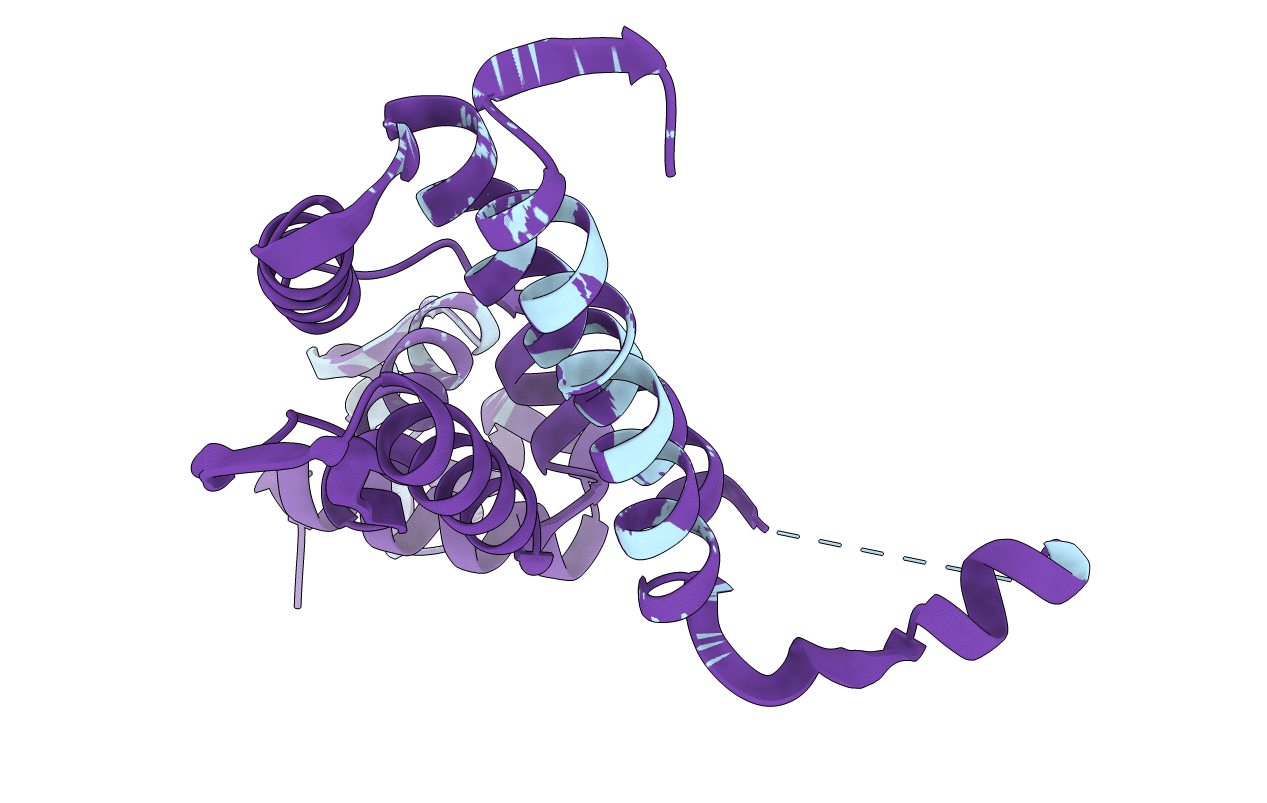
Deposition Date
2010-06-03
Release Date
2010-09-22
Last Version Date
2023-12-20
Entry Detail
PDB ID:
2XGC
Keywords:
Title:
Crystal structure of a designed heterodimeric variant T-A(I)B of the tetracycline repressor
Biological Source:
Source Organism:
ESCHERICHIA COLI (Taxon ID: 562)
Host Organism:
Method Details:
Experimental Method:
Resolution:
2.15 Å
R-Value Free:
0.27
R-Value Work:
0.21
R-Value Observed:
0.22
Space Group:
I 41 2 2


